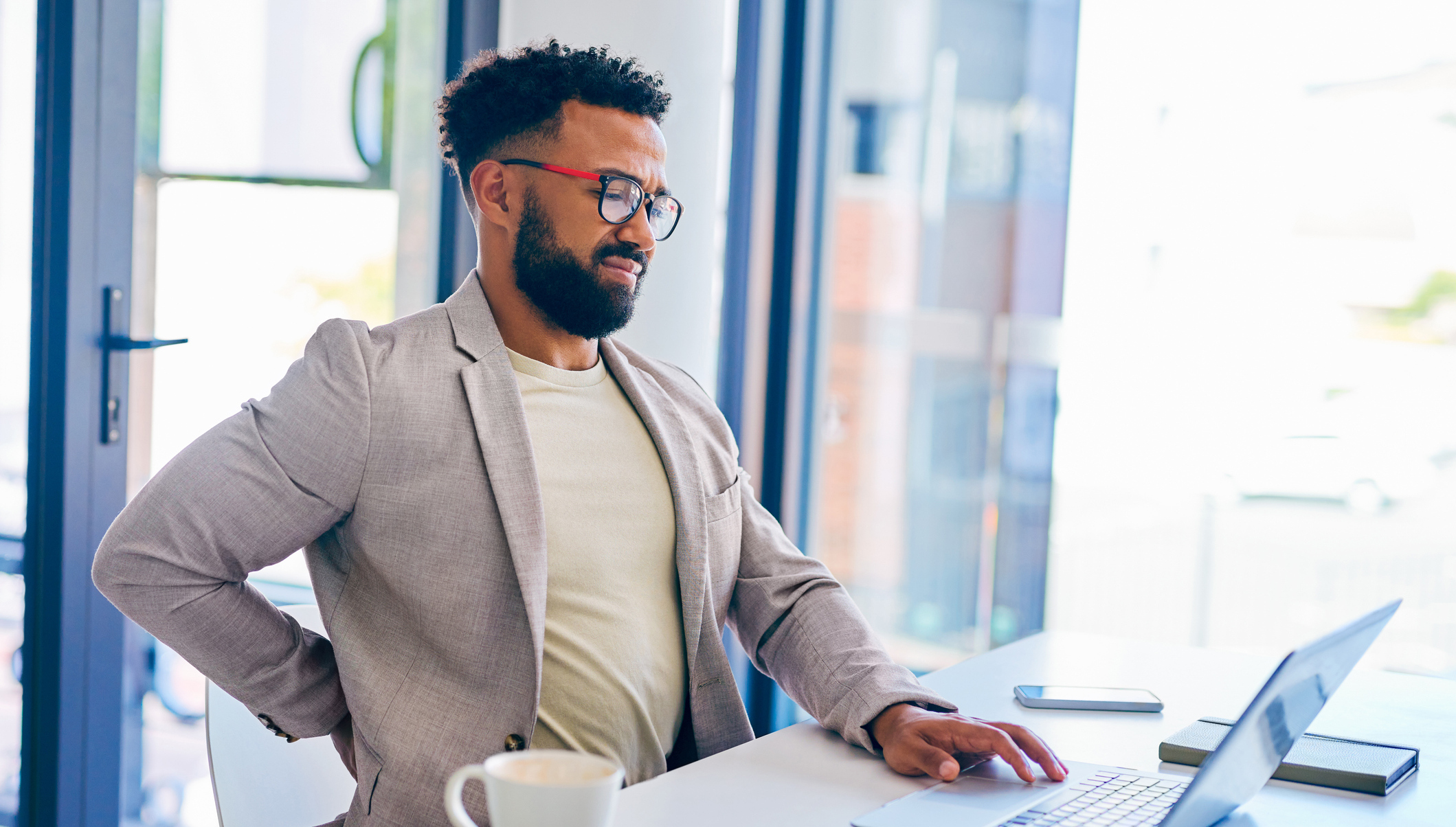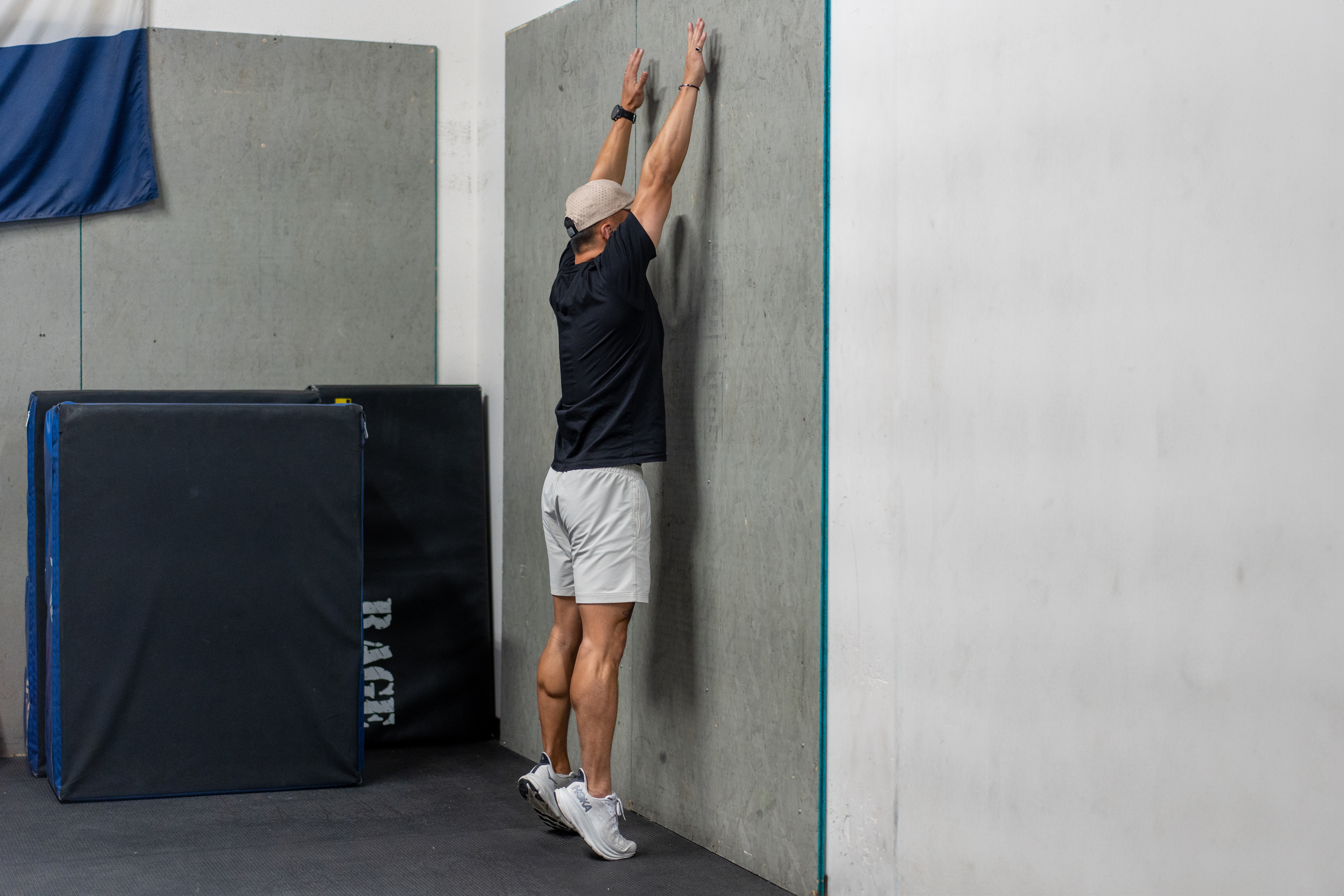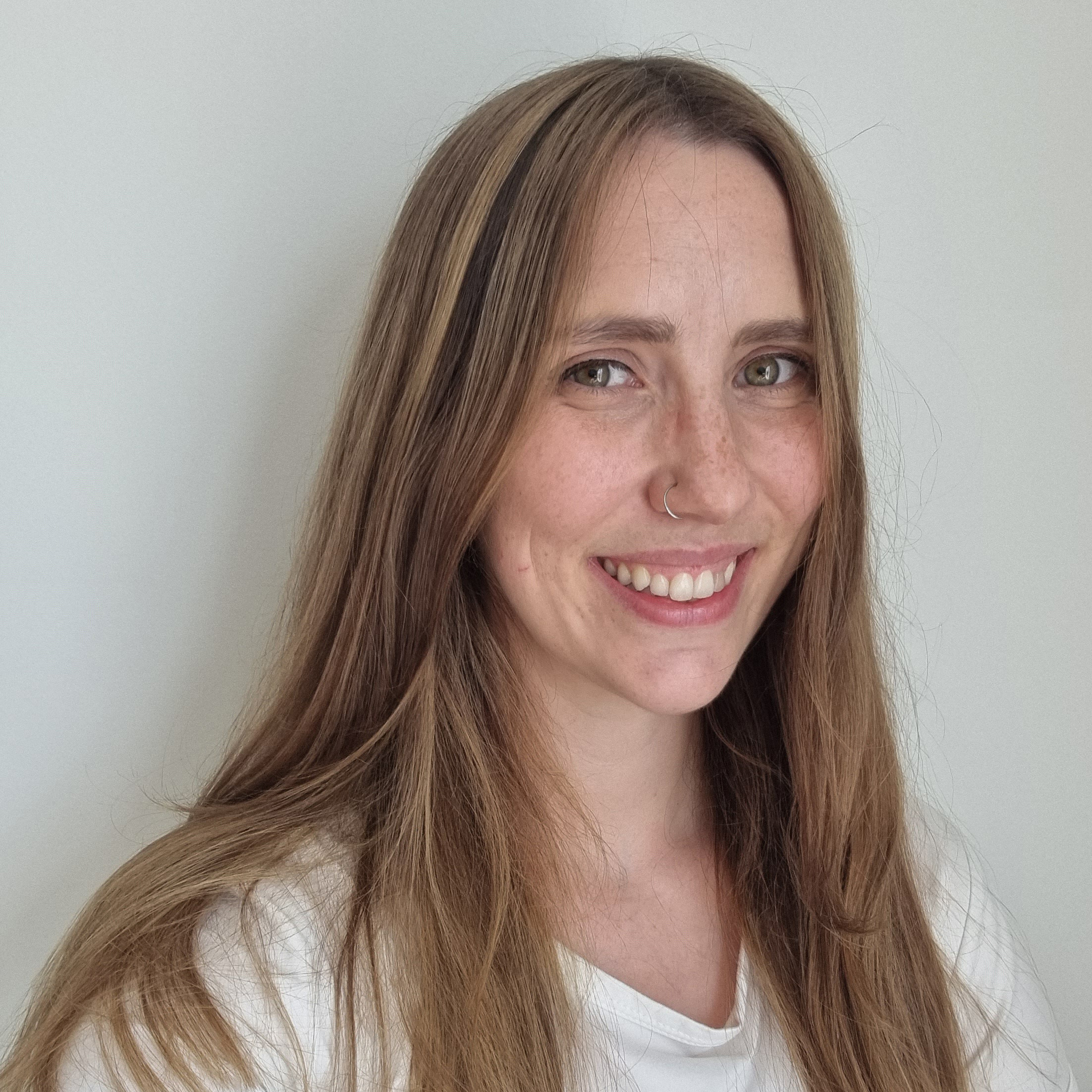A physical therapist says you should do these three things every hour to offset the damage of your desk job
Lower your stress levels and stretch out tight muscles with this simple routine


It's no secret that excessive sitting isn't good for us. It can weaken our muscles, put pressure on our lower back and cause tightness in our hips. All of this can contribute to the aches and pains that plague so many desk workers.
The best way to combat these issues is with regular movement and strength training. Dr Andy Fata-Chan, a physical therapist and coach, says you're more likely to get in regular movement if you give yourself a strict rule to follow. He recommends bookending every hour with some form of movement.
"Give yourself a movement snack," says Fata-Chan. "It could be getting out of your chair or just stretching your body, but do something and create a system around it."
To help, he's suggested doing these three specific things for 60 to 90 seconds each: breathing slowly, then doing a full-body standing stretch followed by a hip-opening couch stretch.
Ease yourself gently into the stretches. "You don't want to force yourself in a position that your body's not used to," says Fata-Chan. "Relax into a position, because that's what's going to create long-term change."
Three things to do after an hour at your desk
1. Just breathe
- Take five to 10 slow, controlled breaths.
- Try to make as little noise as possible while breathing in and out.
How it helps Fata-Chan says he often has clients who complain of a tense neck and shoulders. Doing this simple exercise helps them regulate their breathing, which often results in them relaxing and dropping tension from their upper body. Having a relaxed body also means that the stretches that follow will feel a little easier."If you're really stressed and super tense it doesn't matter what we do afterward, because you're doing it in the overly stressed and tense body state," says Fata-Chan.
2. Standing stretch

- Stand facing a wall.
- Rise onto tiptoes and stretch your arms overhead as high as possible.
How it helps "The goal with [this move] is to reverse the position that we've been in," says Fata-Chan. "We're crunched and flexed when we sit. If I go up to a wall and I get on my tippy toes and I try to reach my hands as high up on a wall as possible, I'm going to do the opposite—elongate my spine. "
Start your week with achievable workout ideas, health tips and wellbeing advice in your inbox.
This should help build back some flexibility into your muscles that have been in a shortened, contracted position.
3. Couch stretch

- Face away from a weights bench or wall and get into a half-kneeling position, with one knee on the floor slightly behind you and the other foot on the floor in front of you.
- Place the top of your rear foot on the weights bench or against the wall and shimmy back, bringing the heel of the elevated foot close to your butt.
- You should feel a stretch in the front of your thigh and hips.
- Hold for 30 to 45 seconds, then switch legs.
How it helps When we sit, our hip flexors are in a shortened position, says Fata-Chan. Over time, they get used to being in this position and can lose some of their natural length and feel tight. This stretch can help them regain their original flexibility and help your hips feel looser.

Ruth Gaukrodger is the fitness editor for Fit&Well, responsible for editing articles on everything from fitness trackers to walking shoes. A lot of her time is spent interviewing coaches and fitness experts, getting tips on how to make exercise less intimidating and more accessible.
She's a keen runner and loves strength training. She also enjoys honing her yoga skills from the comfort of her living room.